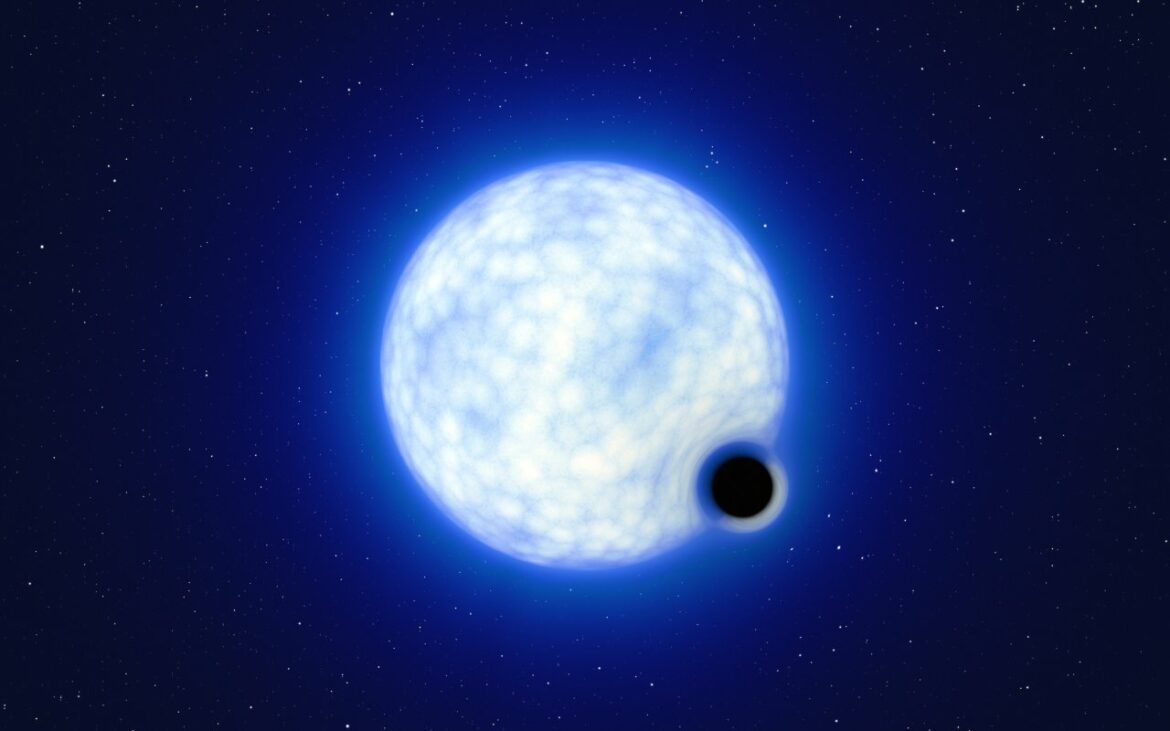An international group of scientists has discovered a “dormant” black hole of stellar mass in the Large Magellanic Cloud. This is the first such object outside our galaxy. Polish astronomers from the University of Warsaw (UW) were a major contributors to the research.
The discovery was made possible thanks to six years of spectroscopic observations made with the European Southern Observatory’s (ESO) VLT telescope and nearly two decades of photometric observations made by the Polish OGLE project using the Warsaw Telescope in Chile.
Black holes can have different masses. The two main categories are stellar-mass black holes and supermassive black holes. Their discovery concerns an object of the first type. These types of black holes are formed when a massive star collapses under the influence of its own gravity at the end of its evolution. If there is no matter near the black hole with which it could interact (and emit high-energy X-rays as a result of various processes), it is said to be “dormant.” Such a dormant object is the most difficult to detect, explains the UW Astronomical Observatory.
Scientists decided to take on this task and search for black holes in the Tarantula nebula region of the Large Magellanic Cloud by analyzing stars that may have a black hole in their vicinity as a second object. Nearly a thousand massive stars were scanned in this way, and it was possible to detect the VFTS 243 system, which consists of a hot, blue star with a mass 25 times that of the Sun and an invisible object with a mass of at least 9 times of the Sun. After testing various potential hypotheses, the scientists concluded that the only explanation for a less massive object in this system is a dormant black hole.
Adrian Andrzejewski





